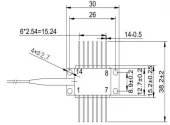Description
The RZNLD-1550-10-BP-00-14-06-01 is a high-performance MQW DFB laser diode housed in a butterfly package designed for optical transmitter systems that require high power and stability. Featuring a built-in thermoelectric cooler (TEC) and thermistor, the device ensures stable operation across varying environmental conditions, with an operating temperature range of -20 to +70°C. The device is ideal for both single-mode and polarization-maintaining (PM) fiber pigtail configurations, offering excellent side-mode suppression and optical isolation.
With a narrow linewidth and precise wavelength control, it is suited for demanding applications in telecommunications and other optical communication systems. The RZNLD-1550 laser diode ensures a stable optical output, making it a reliable choice for high-power laser systems. Its optional features such as polarization extinction ratio and customizable wavelengths allow for flexibility in design and integration into various systems. This diode offers high power and low threshold current, ensuring energy-efficient performance in high-precision applications.
Narrow Linewidth DFB Butterfly Laser
Specifications
| Center Wavelength: | 1.31 um |
|---|---|
| Output Power: | 50 mW |
| Operating Case Temperature: | -20 - +70 degC |
| Storage Temperature: | -40 - +85 degC |
| Reverse Voltage: | 2 V |
| Forward Current: | 500 mA |
| TEC Voltage: | 2.6 V |
| TEC Current: | 1.5 A |
| Optical Isolation (optional): | 35 dB |
| Maximum Spectral Width (-20 DB): | 1 nm |
| Wavelength Temperature Coefficient (max): | 0.12 nm/degC |
| Polarization Extinction Ratio (optional): | 17 dB |
| Threshold Current: | 25 mA |
| Forward Voltage: | 3 V |
| Operating Current: | 400 mA |
| Side-Mode Suppression Ratio: | 45 dB |
| Laser Line Width (ΔλL): | 10 MHz |
| Spectral Width (-20 DB): | 1.0 nm |
| Wavelength Temperature Coefficient: | 0.12 nm/°C |
Features
- MQW DFB Laser: High-quality, stable optical power output
- Butterfly Package: Compact, reliable form factor for various systems
- Built-in TEC and Thermistor: Ensures stability across a wide operating temperature range (-20°C to +70°C)
- Low Threshold Current: Operates efficiently with a threshold current of 15–25 mA
- Customizable Wavelengths: Wavelengths tailored to specific application needs
- Single-Mode/PM Fiber Pigtail: Flexible fiber configurations for precision optical communication
- High Side-Mode Suppression Ratio (SMSR): 35–40 dB for excellent signal clarity
- Low Linewidth: Narrow spectral linewidth of 10 MHz for high precision
Applications
- Optical Communication Systems: Ideal for use in high-performance optical transmission networks
- Telecommunications: Supports long-distance fiber optic communications
- High-Power Laser Systems: Suitable for laser-based transmission in optical transmitters
- Optical Testing and Measurement: Reliable for precise wavelength and power measurements
- Laser Sensors: Can be used in optical sensor applications requiring stable output
Frequently Asked Questions
What is a butterfly laser?
What is the wavelength range of the Narrow Linewidth DFB Butterfly Laser?
What is the output power of the Narrow Linewidth DFB Butterfly Laser?
What is the linewidth of the Narrow Linewidth DFB Butterfly Laser?
What is the stability of the Narrow Linewidth DFB Butterfly Laser?
What is the temperature range of the Narrow Linewidth DFB Butterfly Laser?
What is the target audience for this Narrow Linewidth DFB Butterfly Laser?
What are the unique selling points of this laser diode?
What technology is used in this laser diode for signal transmission?
Can this laser diode be integrated into a system easily?
What applications is this laser diode suitable for?
Similar Products
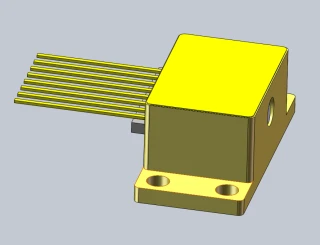
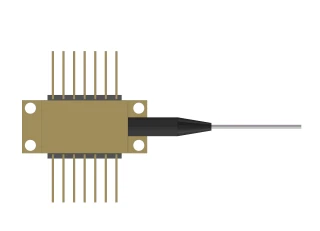
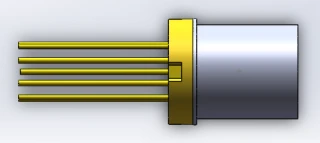
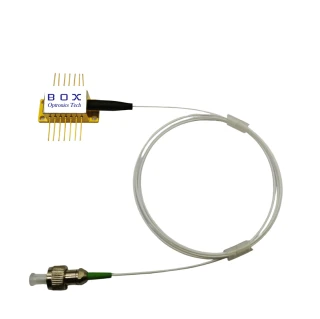
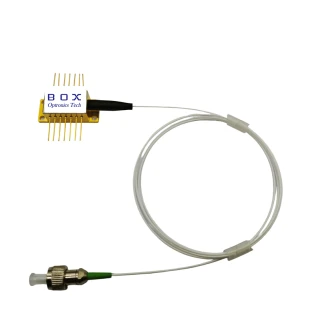
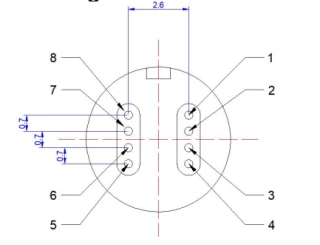
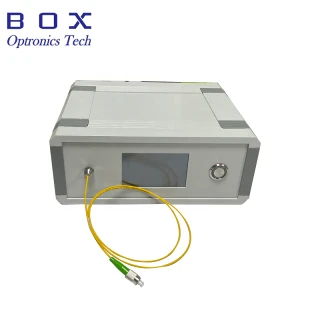
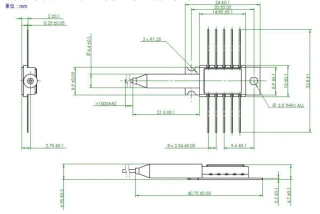
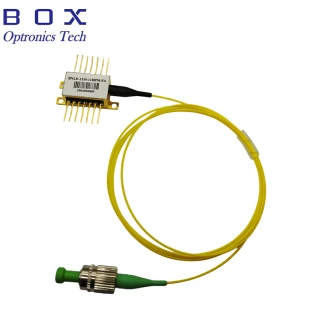
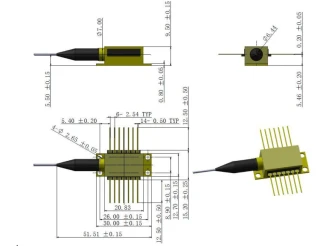
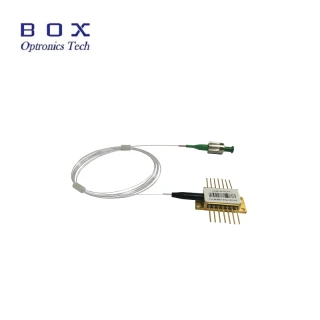
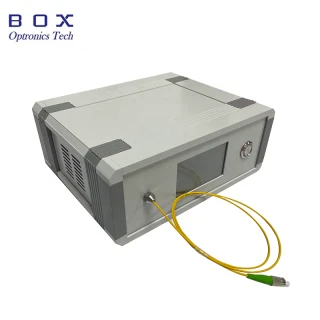
Your inquiry has been received.
Create an account by adding a password
Why create an account?
- Auto-complete inquiry forms
- View and manage all your past messages
- Save products to your favorites
- Close your account anytime — no hassle

